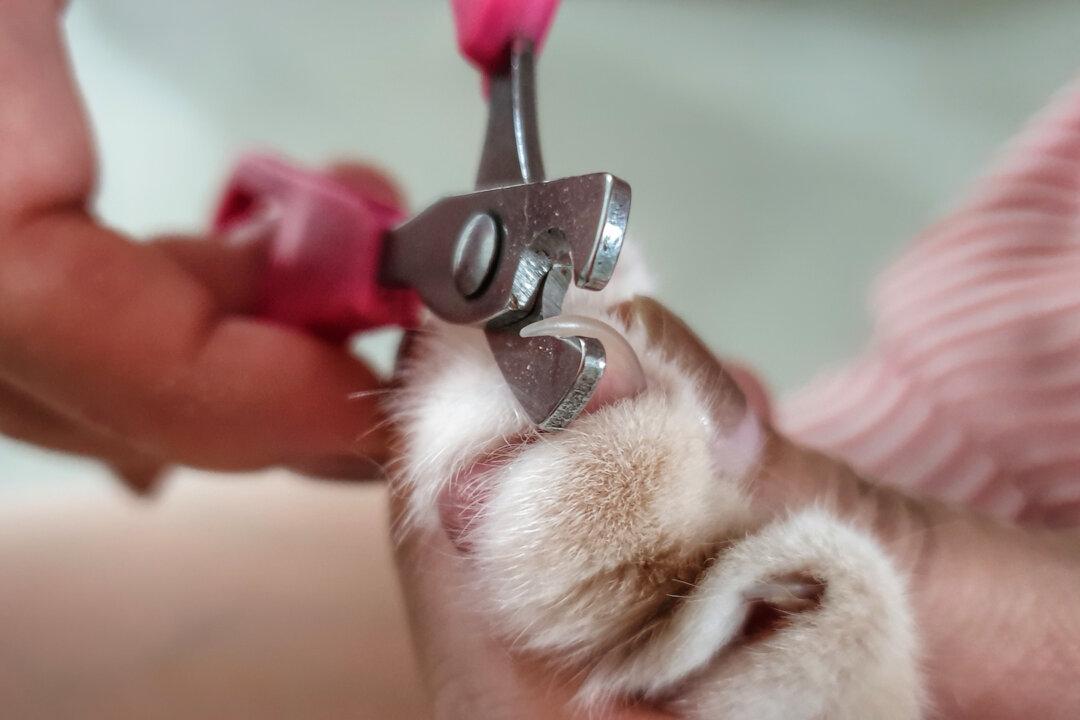Overweight dogs develop cancer more often than slim ones. Slim dogs also live two years longer than their overweight counterparts, so keep your dog at a healthy weight.
Environmental toxins can cause cancer in dogs. If you smoke, do so outdoors away from your dog—or better yet, quit. Dogs with long muzzles are particularly susceptible to nasal cancer from secondhand smoke.
Some lawn chemicals increase the risk of cancer, so don’t use them. Or keep your dog off the grass until the application dries or penetrates into the soil. Paints, solvents, and asbestos may also cause cancer, so keep your dog away from them.
While no research has shown that any particular diet prevents cancer, there is some evidence that omega-3 fatty acids may help reduce risk.
Scottish terriers develop transitional cell carcinoma of the urinary tract more often than other breeds. However, some research suggests that feeding them cruciferous vegetables may diminish their risk.
If your dog has a white face or short hair, you can help prevent skin cancer by applying a pet sunscreen and clothing that blocks the transmission of ultraviolet radiation.
A male dog with an undescended testicle should have it removed because it is much more likely to develop cancer than a testicle that has descended into the scrotum normally. An unsterilized female is at greater risk of developing mammary cancer than a spayed female.
Large-breed dogs sterilized before physical maturity are at increased risk of some cancers. So if you have a large dog, talk with your veterinarian about the timing of spay or neuter surgery.
Regularly check your dog’s entire body, including inside the mouth, for any lumps or non-healing sores. Note any loss of energy or appetite, unintended weight loss, increased drinking or urination, persistent vomiting or cough, trouble breathing, discharge, or offensive odor. Have your veterinarian immediately check any abnormalities you find, because early diagnosis and treatment increase the likelihood of a successful outcome.
I don’t know the cause of Moxie’s death, of course, but if I had to guess, I would say he may have died of hypertrophic cardiomyopathy, a heart (“cardio-”) muscle (“-myo-”) disease (“-pathy”). Hypertrophic cardiomyopathy, or HCM, the most common feline heart disease, is characterized by a thickening of the heart’s muscular walls.
Cats with HCM rarely have heart murmurs or arrhythmias, and they almost never show clinical signs until a catastrophe occurs—sudden death, acute heart failure, or sudden onset of pain and paralysis of the hind legs because of a clot that blocks blood flow to the legs. HCM is diagnosed by ultrasound of the heart, called echocardiography.
Studies show that 15 to 34 percent of outwardly-healthy cats have HCM. Young to middle-aged cats are most often affected. more than 75 percent are male, and males develop more severe disease at a younger age than females. Prevalence is highest among domestic shorthairs, which are mixed-breed cats.
The cause of HCM is unknown, although genetic mutations have been identified in the Maine Coon, Ragdoll, and Sphynx breeds. HCM is also thought to be inherited in Persian and Rex cats, so it may be inherited in domestic shorthair cats, too.





